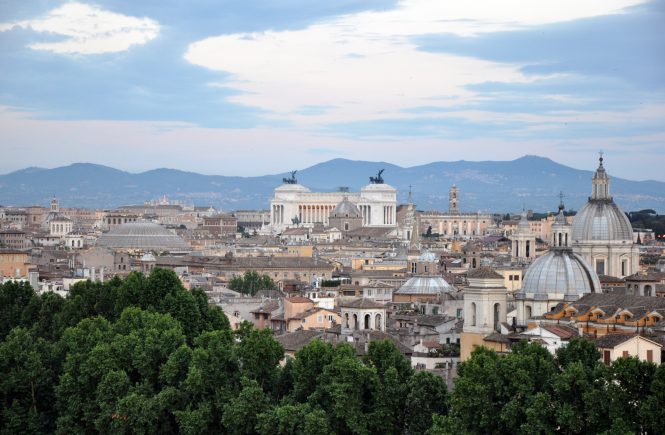Figuring out the neighborhoods of Rome can be a little confusing. Even though it’s a big city, most tourists spend most of their time in the centro storico — and that’s where most hotels are, too.
But simply looking for accommodation in Rome’s “historic center” isn’t enough. That’s because the center is divided by neighborhoods, some of which feel pretty different from the next.
So you’ll need to know not only that you want to stay in the historic center… but which neighborhood to stay in in the centro storico, too.
What is the centro storico?
If you want to stay in the centro storico, you first need to know… what is the centro storico.
Technically, the centro storico is the area of Rome that’s bordered by the 3rd-century Aurelian walls and by the mura gianicolensi, which include the Vatican walls. There aren’t many good maps online that have the walls clearly delineated. This is one of the best I could find.
The thin, black line running around the entire center is the Aurelian walls. (You can find it by looking at the square marked “Castro Pretorio” in the upper right-hand part of the city). Although the neighborhood and monuments are all ancient Roman, you can get some perspective by looking for the Colosseum (a little ring almost right in the center), Circus Maximus (to the southwest of the Colosseum), and the Tiber.
This area—which includes not only the Colosseum and forum, but the Spanish Steps, Piazza del Popolo, Piazza Navona, Pantheon, and Vatican — is the historic center. And if you’re staying in Rome, this is where you’ll probably want to stay. (Nota bene: There are, of course, many other, perfectly pleasant neighborhoods in Rome outside of the historic center. But I’m sticking to the centro storico here just because it tends to be most conveneint for most people).
Now, for the neighborhoods. (I recommend opening a tab with Google maps and keeping it handy so you can refer back and forth!).
The neighborhood where… everyone stays: the heart of the centro storico
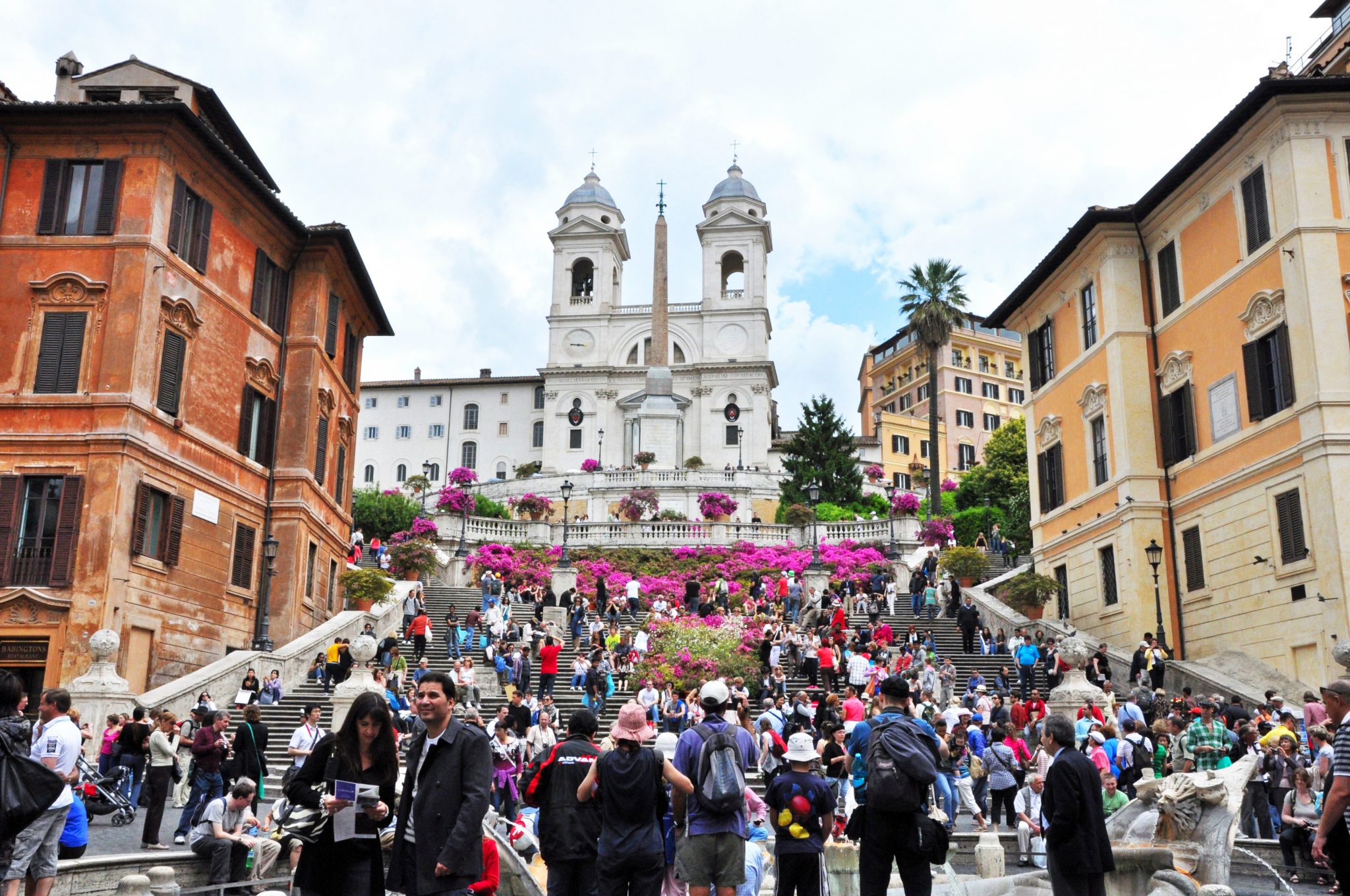
This isn’t technically a neighborhood, but I’m using it as shorthand for the central area that most people think of when they think “Rome”—the triangle with Piazza del Popolo in the north, the Spanish Steps and Trevi Fountain to the east, and the Pantheon and Piazza Navona to the west.
This stunning area is home to cobb where most people want to stay. Of course, it’s also where hotels are the most expensive, where the streets crowd with tourists and shoppers, and where 99% of restaurants are overpriced and mediocre. On the other hand, every corner looks like a postcard. Hey, you win some, you lose some!
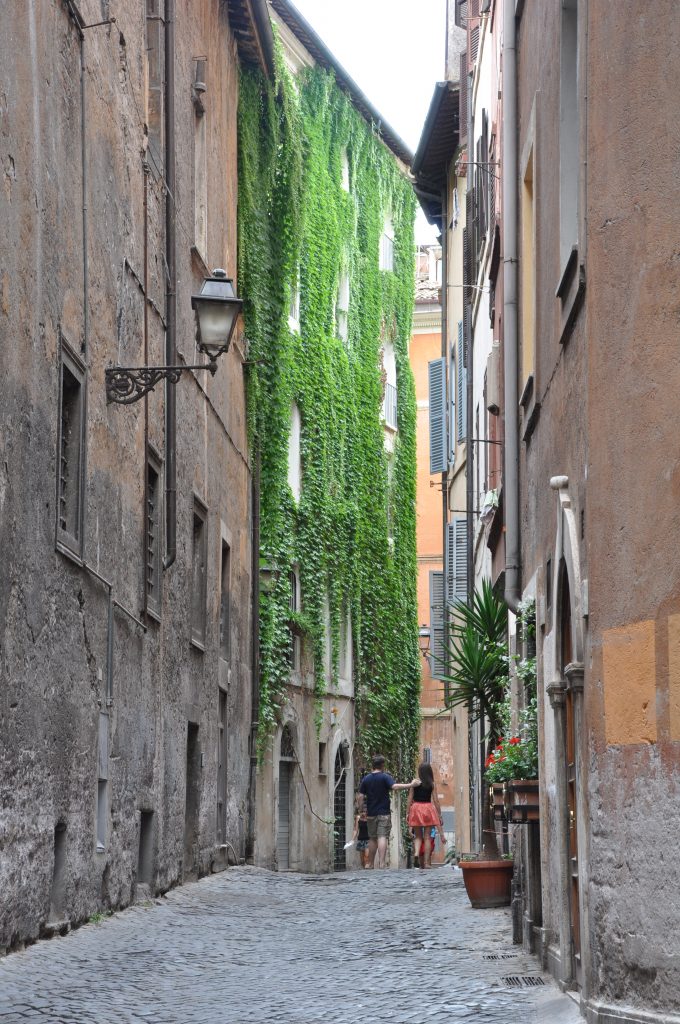
The neighborhood where… it feels most big-city: Via Veneto, Piazza Barberini and Repubblica
This northeastern corner of the historic center is home to the winding Via Veneto. The street is famous for its hotels—although most seem, at least to me, to be huge and overpriced. Meanwhile, the rest of the area, especially near the Barberini and Repubblica metro stops, feels like a big city.
For the most part, forget cobblestones and quaint churches. This is where the buildings are tall, the streets wide, and the passersby businesslike.
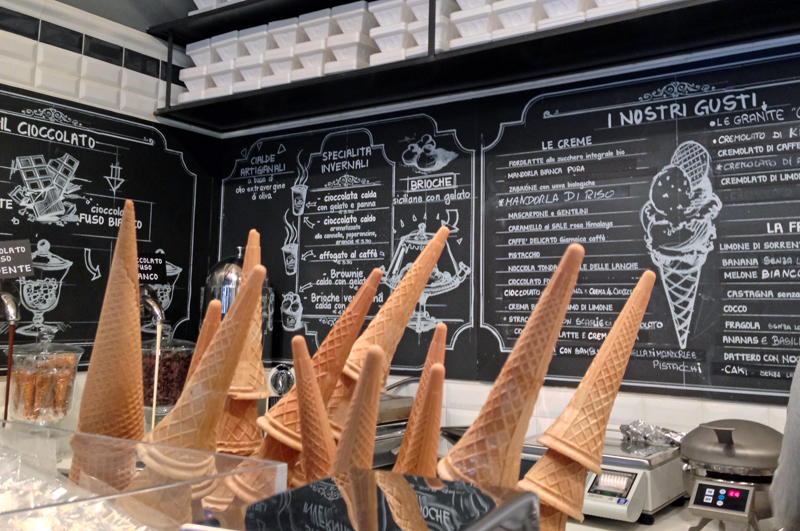
Termini and the Esquiline
Although some hoteliers diplomatically call this neighborhood “Monti,” anything from Piazza Vittorio Emanuele to Santa Maria Maggiore and northeast to the Termini train station is, more properly, the Esquiline hill. In general, the neighborhood here tends to feel gritty and look grungy. This is where you’ll see immigrants hawking counterfeited purses, homeless people huddling in corners, and garbage littering the street.
It’s also home to many of Rome’s cheapest hotels, hostels and B&Bs.
The area tends to be perfectly safe. Rome is, as a whole, much safer when it comes to muggings and violent crimes than pretty much any city in America, as well as Dublin, London and Paris. But it may not be what you imagined when you first pictured Rome. Also keep in mind that, while it may seem very convenient to stay near the train station, and while that means this area is well-connected by metro and bus, it’s not within easy walking distance of most of the major sights, like the Pantheon and Piazza Navona.
Monti
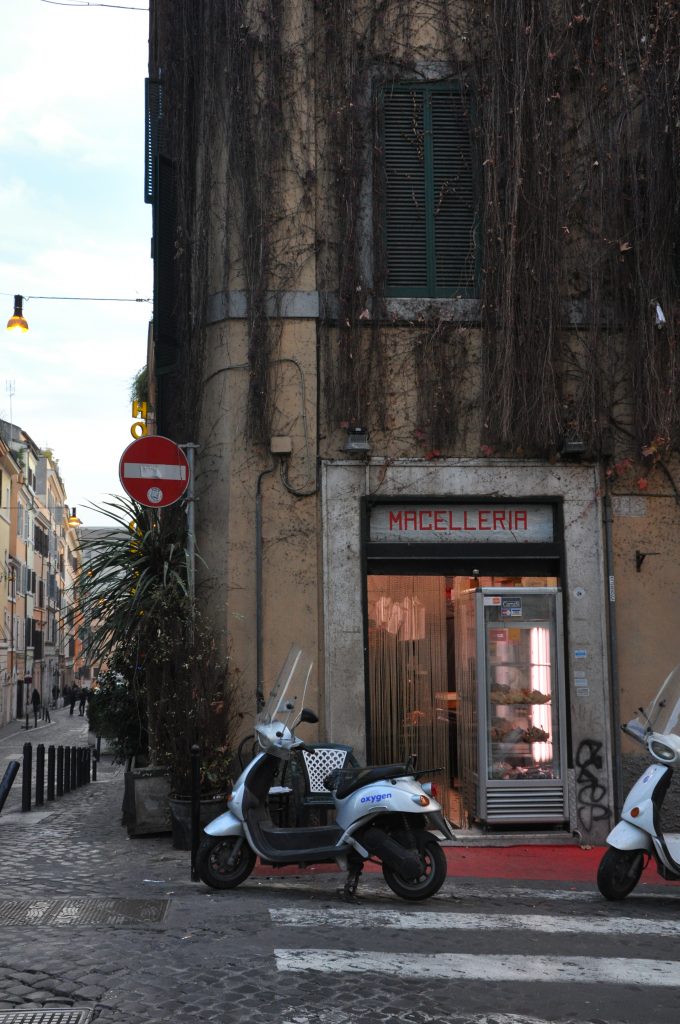
In ancient times, this rione was the red-light district, home to gladiators and prostitutes (Julius Caesar even moved there to show he was “one of the people”). Today, it’s a gorgeous little neighborhood filled with medieval palazzi, cobblestoned streets, and an eclectic mix of traditional trattorie and hip boutiques.
If you want to stay here, look at the area bordered by Via Nazionale (to the west), Santa Maria Maggiore (to the north), the Colle Oppio park (to the east), and the Roman forum and Colosseum (to the south).
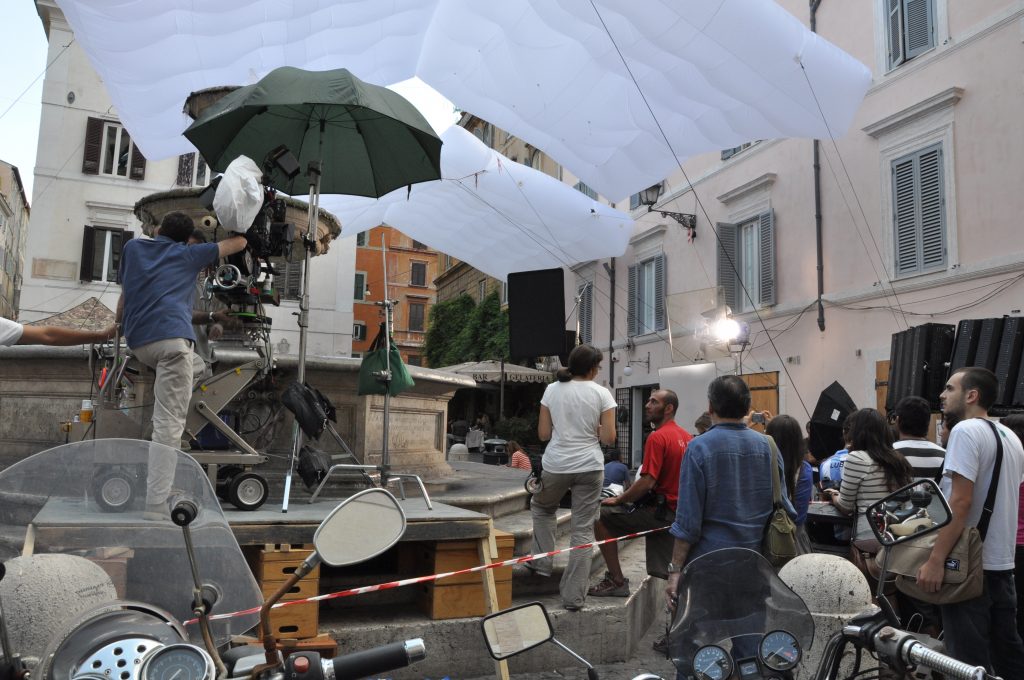
Celio
Further southwest of Monti is Celio, another rione with a strong history. The couple of blocks right around the Colosseum tend to be touristy and busy during the day, but the rest of this area, which stretches southeast to the Basilica of San Giovanni in Laterano, feels quiet and residential. I lived here for four years, and I still think it’s one of the most underrated areas of the city.
Aventine
This hill, just south of the Circus Maximus, is home to some of the loveliest streets and homes in Rome. Its small size and exclusivity mean there are few hotels and B&Bs here. It also doesn’t feel like it’s “in the middle” of anything, thanks to its greenery and the fact that it’s at least a 15-minute walk to most of the major sights.
Forum Boarium
This neighborhood is really a sliver, tucked just to the south and west of Circus Maximus. The neighborhood has some wonderful sights — including the Church of San Giorgio in Velabro, the Arch of Janus, and the Church of San Nicola in Carcere — and it’s just a three-minute walk to the Jewish Ghetto and Piazza Venezia. It’s also tranquil, lovely and off the beaten path.
Campo dei Fiori and the Jewish Ghetto
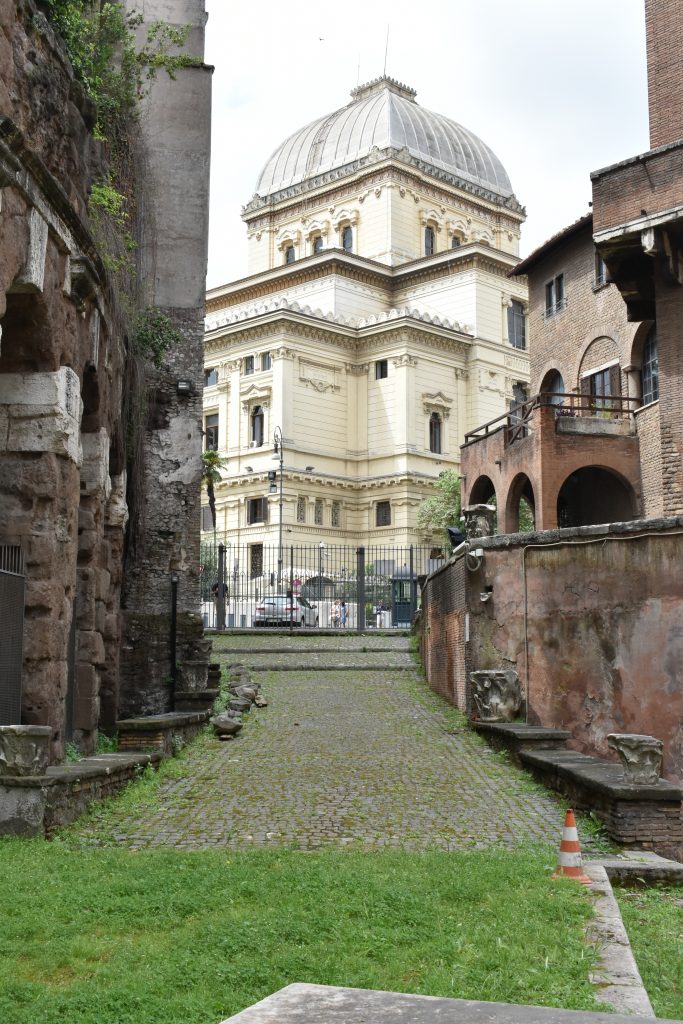
From Piazza Venezia to the Tiber, you’ve got beautiful ancient ruins, the Jewish Ghetto, lively Campo dei Fiori, and my favorite piazza in Rome, Piazza Farnese. This district has the atmosphere (and history) of the area around Piazza Navona and the Pantheon, with half of the people.
Trastevere
Just over the Tiber from Campo dei Fiori and the Ghetto is Trastevere, an atmospheric district that, today, is as likely to be home to American study-abroad students, expats and wealthy Italians as the working-class and bohemian Romans who once lived here. Still, the neighborhood remains charming. There are plenty of corners and tiny streets where life is still lived much as it would have been decades ago.
Prati
If you find the center of Rome’s centro storico too confusing and chaotic, consider Prati. This area around the Vatican, just over the river from sights like Piazza Navona and Piazza del Popolo, was laid out in the 19th century, so its grid system and wide boulevards look more continental and, well, organized than the rest of Rome.
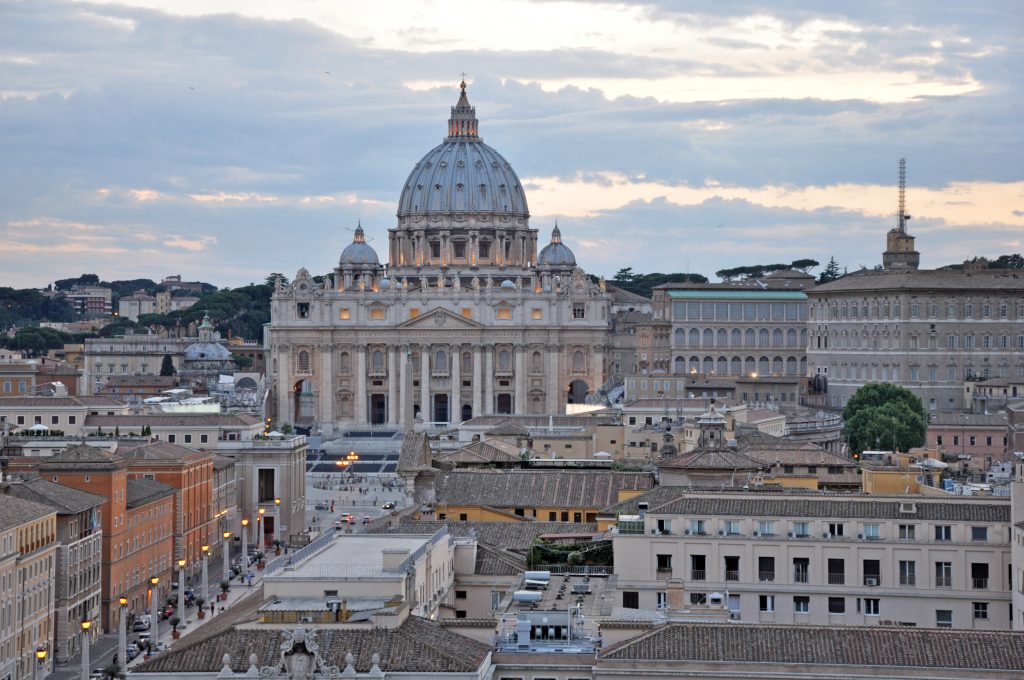
The area right around the Vatican museums and St. Peter’s is extremely touristy. But once you get a little farther away, authentic restaurants and the rhythm of daily life in Rome abound. It’s also easier to find cheaper accommodation here.
Testaccio
Just south of the Aventine, the Testaccio quarter is one of the least touristy in Rome — and has some of the best restaurants and bakeries in the city. The ancient area, which gets its name from “Monte Testaccio,” a hill that literally was created because it was a dump for ancient Roman amphorae, can feel more modern and gritty than the center of the city. But it’s perfectly safe, cheaper than the center, and convenient: Thanks to the metro and lots of buses here, you’re just 5 to 15 minutes away from Trastevere, the Colosseum, and the heart of the historic center.
Also: six of the best trattorias in Rome, how to act like a local and where to find that perfect souvenir or gift in the city.
If you liked this post, you’ll love The Revealed Rome Handbook: Tips and Tricks for Exploring the Eternal City, available for purchase on Amazon or through my site here! I’m also free for one-on-one consulting sessions to help plan your Italy trip.

